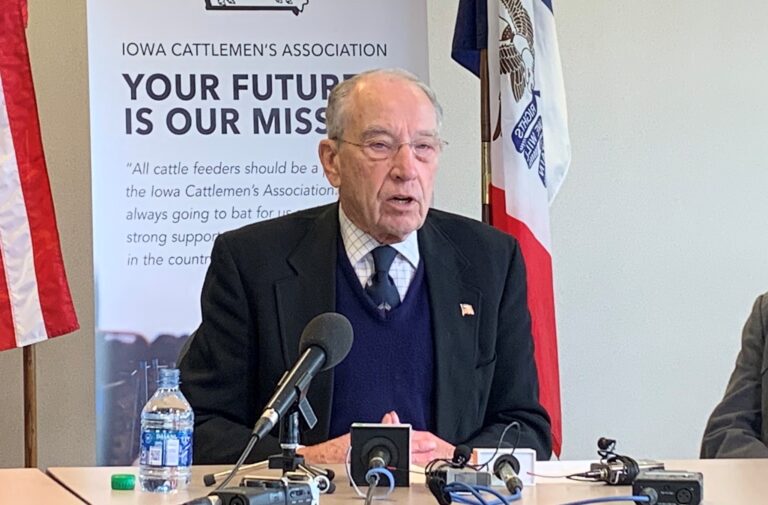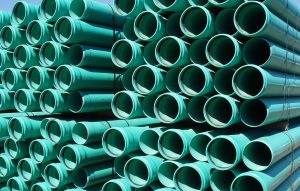IARN — A University of Missouri researcher believes 2022 could be a promising year for U.S. agriculture.
Ben Brown, senior research associate in agricultural and applied economics at Mizzou, says farmers have reasons to be optimistic this year.
“There’s great optimism on the output side. This has been a very solid year in summer and winter for outputs of grain crops, all the way from corn, soybeans, wheat, cotton, spring wheat, sorghum, we’ve had opportunities to sell it at profitable prices. The fact that we’ve seen soybean rallies of 20 cents or greater even when above $13 is kind of exciting for people to look at. Certainly, we’ve seen cotton have some amazing price potential. Spring wheat is going to get chances to be profitable, and I certainly expect to see more spring wheat acres just given how dry it was there last year and the basis potential for quality wheat this year. And we’ve had chances to sell winter wheat in the eight dollar-range, mid-to-low eight dollars, at different times this winter.”
Brown talks about positive developments for livestock producers.
“On the cattle side, especially in livestock and cattle, it’s been supportive. We have great demand, incredible demand, both domestically and internationally for beef products, but then we’ve got some supply-side fundamentals that are also supportive. The herd is declining, we’re slaughtering at very high rates, it’s one of those things that even though you hear reports of meat shortages at grocery stores, it’s not a factor of market-ready cattle not being available or slaughtering plants not slaughtering at full capacity. We’ve been slaughtering at rates we haven’t seen in a long time on the cattle side, and those facilities are working just as hard as they can. The reason we’re seeing shortages is just that we’ve had such amazing domestic demand even at higher prices.”
Brown adds most pessimism for 2022 is coming from the input side of the equation. He says both farmers and extension colleagues in other states have talked about the potential of farmers changing their planting intentions because of high input costs. Brown says there will likely be some acres switching, but it might not be that big of a number.
Story courtesy of the Iowa Agribusiness Radio Network.
Photo courtesy of the United States Department of Agriculture (https://www.flickr.com/photos/usdagov/16448001470)












